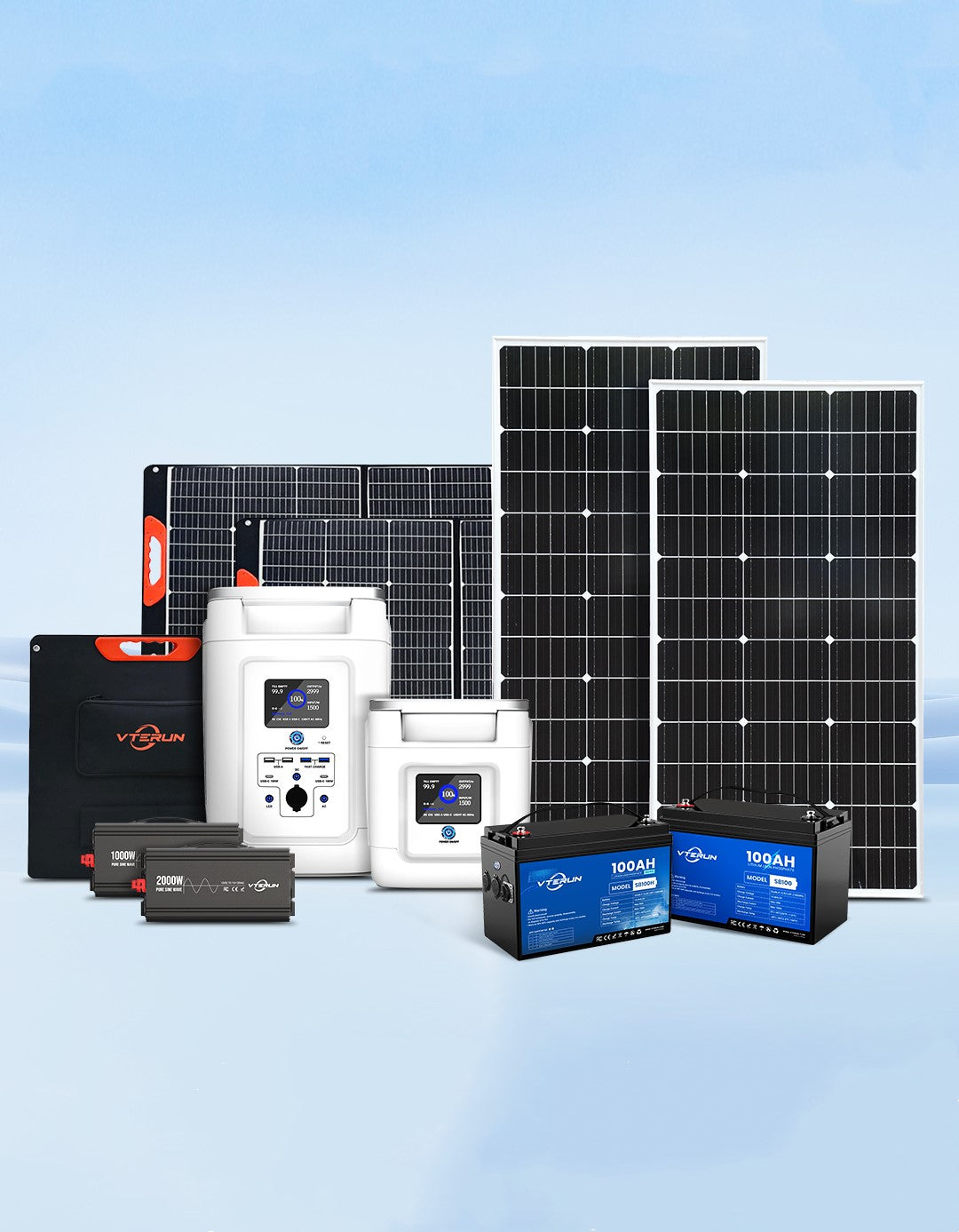In recent years, the demand for energy storage systems has skyrocketed due to the rapid growth of renewable energy sources and the increasing popularity of electric vehicles. While lithium-ion batteries have dominated the market, researchers and industry professionals are exploring alternative technologies to overcome the limitations of lithium resources and enhance sustainability. One promising contender is sodium-ion battery technology. This blog post examines the advancements and challenges associated with sodium-ion batteries, discussing their potential as a sustainable energy storage solution.

Advancements in Sodium-Ion Battery Technology
1. Abundance of Sodium: A Key Advantage
Sodium is widely abundant and evenly distributed across the
Earth's crust, unlike lithium, which is concentrated in specific regions. This abundance makes sodium-ion batteries an attractive option for large-scale energy storage and reduces concerns regarding resource availability and geopolitical dependencies.
2. Similarities to Lithium-Ion Batteries
Sodium-ion batteries share many similarities with lithium-ion batteries in terms of their electrochemical properties. This similarity facilitates the adaptation of existing lithium-ion battery manufacturing processes and infrastructure to sodium-ion technology, potentially streamlining the transition.
3. Materials Advancements
Researchers are actively exploring new materials for sodium-ion battery electrodes. Sodium-containing compounds, such as sodium vanadium phosphate and sodium titanate, have shown promising results in terms of stability, energy density, and cycle life. These advancements in materials are crucial for improving the overall performance of sodium-ion batteries.
4. Energy Density Improvements
Sodium-ion batteries have traditionally exhibited lower energy density compared to their lithium-ion counterparts. However, ongoing research efforts are focused on enhancing the energy density of sodium-ion batteries through the development of novel electrode materials and optimization of cell design. If successful, these advancements could make sodium-ion batteries more competitive in various applications.
5. Scalability and Cost-Effectiveness
Sodium-ion battery technology shows potential for scalability due to the abundance and lower cost of sodium compared to lithium. Large-scale production of sodium-ion batteries could result in cost advantages, making them an economically viable solution for energy storage applications.
Challenges in Sodium-Ion Battery Technology
1. Energy Density Gap
Despite recent improvements, sodium-ion batteries still face challenges in achieving the energy density levels of lithium-ion batteries. This gap limits their applications, especially in devices that require high energy density, such as electric vehicles. Further research is needed to bridge this energy density difference and improve the overall performance of sodium-ion batteries.
2. Cycle Life and Stability
Sodium-ion batteries often suffer from lower cycle life and stability compared to lithium-ion batteries. The repeated insertion and extraction of sodium ions during charging and discharging cycles can cause structural degradation and capacity fading. Addressing these issues through the development of more stable electrode materials and improved cell design is crucial for the commercial viability of sodium-ion batteries.
3. Safety Concerns
Safety is a critical aspect of battery technology. While sodium-ion batteries are generally considered safer than lithium-ion batteries, challenges remain in mitigating potential safety risks. Researchers are working on improving the stability of electrode materials, electrolytes, and cell components to ensure safer operation and minimize the risk of thermal runaway events.
4. Manufacturing Infrastructure
Although sodium-ion batteries can leverage existing lithium-ion battery manufacturing infrastructure to some extent, specific adjustments and optimization are required to accommodate the different electrochemical characteristics of sodium. Developing a robust and efficient manufacturing process for sodium-ion batteries poses a challenge that needs to be addressed for large-scale commercialization.
Conclusion
Sodium-ion battery technology holds great promise as a sustainable and scalable alternative to lithium-ion batteries. Advancements in electrode materials, energy density, and manufacturing processes have been significant, and researchers continue to push the boundaries of sodium-ion battery performance. However, challenges related to energy density, cycle life, stability, safety, and manufacturing infrastructure must be overcome to fully realize the potential of sodium-ion batteries.
Efforts are underway to bridge the energy density gap between sodium-ion and lithium-ion batteries. Researchers are exploring various strategies, including the use of new materials with higher specific capacities, advancements in electrode architectures, and optimizing the composition and structure of electrolytes. These endeavors aim to improve the energy storage capacity of sodium-ion batteries, making them more competitive in high-energy-demand applications.
Moreover, the adaptation of existing manufacturing infrastructure for sodium-ion batteries poses a challenge. While some aspects can be leveraged from lithium-ion battery production, modifications are necessary to accommodate the different electrochemical characteristics of sodium-ion technology. Developing efficient and cost-effective manufacturing processes specific to sodium-ion batteries is crucial for their widespread commercialization and market penetration.
Ongoing research and development efforts aim to overcome these hurdles and unlock the full potential of sodium-ion batteries, offering a greener and more accessible option for various applications, from grid-scale energy storage to portable electronics and electric vehicles. With continued innovation and collaboration, sodium-ion batteries could play a vital role in shaping a more sustainable future.

